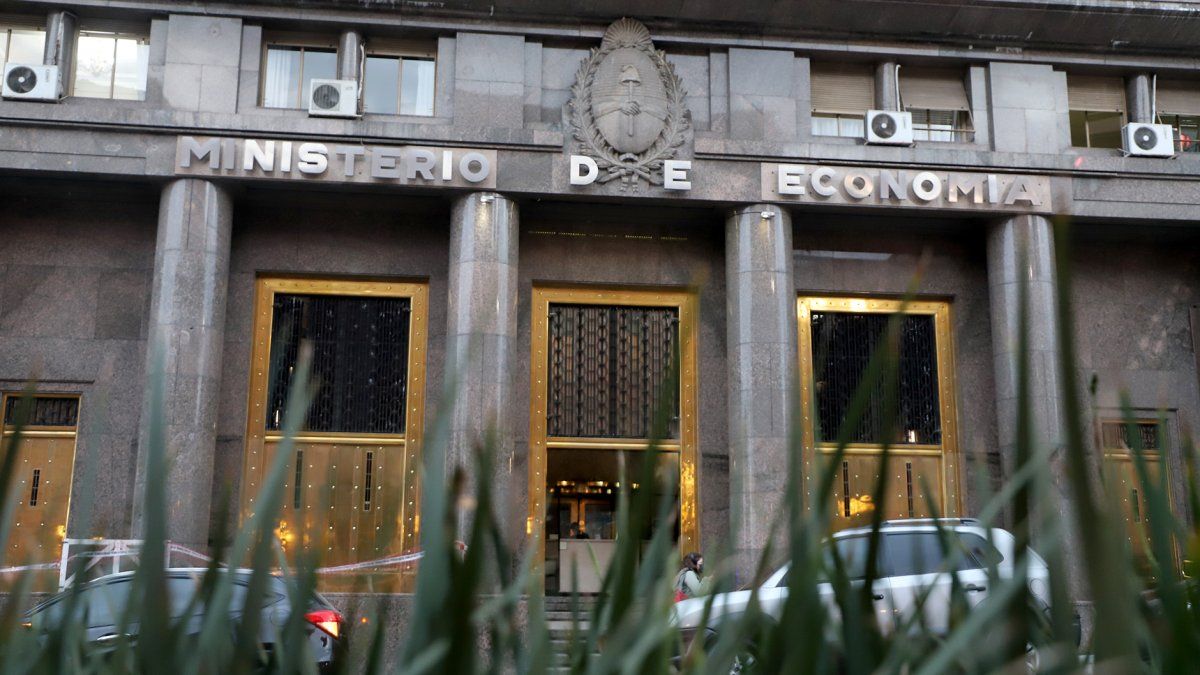In total, in January the Government has to face maturities for some $400,000 million, which are the ones that were left out of the December swap, in which he managed to postpone payments for $3 billion in the first quarter. The challenge is to stretch the maturities to more than three months and have more private participation. It is estimated that 86% of the bonds that mature in January are in private hands. The key will be on Friday when a LECER (X20E3) expires, which explains 69.1% of the estimated total payment.
PPI indicates that “For the first time since 2019, a letter linked to the official exchange rate is placed that pays a coupon of 0.4% and matures on October 31, 2023”. It is a LELINK, which, unlike common bills tied to the dollar, amortizes principal and pays interest at the end of the term. Given the current curve of dollar-linked sovereigns, it is estimated that the bill should come out around the devaluation plus 8.5% to 8.75%. However, PPI indicates that if the market assumes that there may be a “devaluation event” only after December, it is likely that the placement rate will be close to the current one for Q2V3, from 3.5% to 4% adjusted for duration. .
In the effort to get as many pesos as possible, andThe Treasury will also put on the table a bond linked to the dollar especially dedicated to importers, the T3V3, which in previous versions was not very successful. The instrument seeks to offer companies an option to keep their pesos while they wait for the Import System of the Argentine Republic (SIRA) to give them permission to access the Single and Free Exchange Market (MULC).
Secondly, The BONTE adjustable by Badlar rate is included, maturing in November 2027aimed at banks that can use them to integrate reserve requirements.
While, the menu includes a LELITE on February 17, only for common funds. It is the longest (28 days) since September, and, therefore, it is placed at a nominal annual rate of 69.5%, which is 50 basis points more than on the last 6 occasions.
Between the short-term lettersthe LEDEs for April (S28A3) and May (S31Y3) and the LECER for May (X19Y3) are reopened. PPI estimates that following inflation from the BCRA Market Expectation Survey (REM), and secondary market prices, the Effective Annual Rate of the S31Y3 is located at 110% compared to 102.3% of the X19Y3. “In this way, the monthly average inflation should be placed 0.4 percentage points above that of the REM to match both investments,” says the report.
The report states that “Given the largest proportion of private players, and that 69.1% of the payments are due to the expiration of another LECER, we believe that there is a possibility that the Treasury is generous with the real rate that is offered in the LECER of May”.
The great challenge of the Ministry of Economy It is trying to bring the maturities to after the October elections, something that is proving very complicated. The Ministry of Finance is virtually obliged to follow the market trend that sets terms of the order of three and a half months.Trying to expand that margin without having enough support from investors pcould generate a crisis of confidence counterproductive for the value of the papers in pesos.
Source: Ambito
David William is a talented author who has made a name for himself in the world of writing. He is a professional author who writes on a wide range of topics, from general interest to opinion news. David is currently working as a writer at 24 hours worlds where he brings his unique perspective and in-depth research to his articles, making them both informative and engaging.




